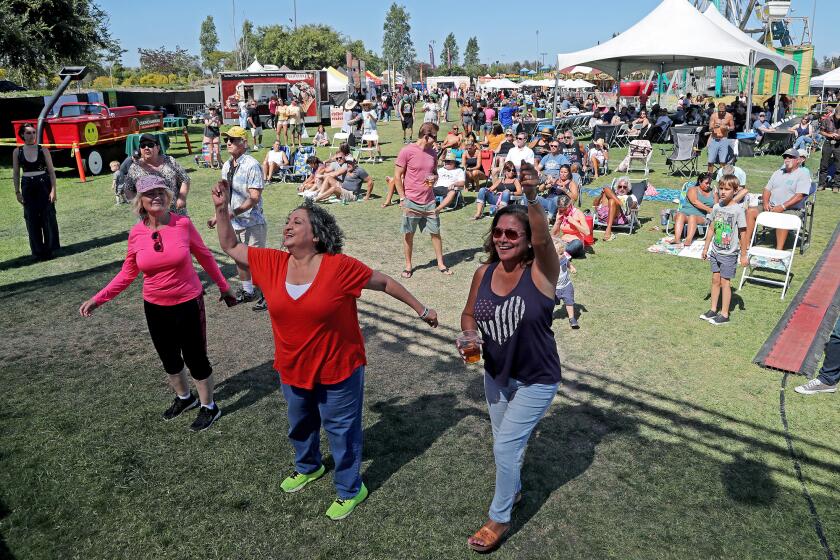Point of View
- Share via
This coming Friday and Saturday we mark another important holiday on
our Jewish calendar. The holiday is Shavuot, and on it, we celebrate how
the Lord gave the Torah to his people, over 3,300 years ago.
The word Shavuot has two translations, the first means “weeks.” This
holiday falls 49 days or seven weeks after the holiday of Passover.
On Passover we celebrated receiving our freedom from Egyptian bondage.
We were then led through the wilderness and miracles were experienced
daily. By the end of the 47th day, Moses and the young nation of Israel
camped out before the base of a small mountain, Mount Sinai. It was there
that on the 50th day the Lord would reveal himself and his laws. It was
there that the Jews received his Torah.
The second translation of Shavuot is “oaths,” the Jewish people at
Mount Sinai made an eternal oath to the Lord. We awaited the day of
revelation with keen anticipation. We counted off each of the 49 days
with a ritual called counting the Omer. Forty-nine days we had to prepare
ourselves. It was necessary to rid ourselves of the slave mentality that
we had grown accustom to in Egypt. We had seven weeks to transform
ourselves into a holy nation, ready to accept the Torah, God’s special
rules and obligations.
These new rules that we chose to accept, would henceforth determine a
lifestyle that would bind us as a people, a lifestyle that we vowed we
would follow for all time. For a remarkable 3,300 years we have kept that
vow.
The core of the holiday of Shavuot then is the giving of the Torah,
the foundation of our Jewish identity.
The Torah is composed of two parts; the written law and the oral law.
The written Torah contains the five books of Moses. These were given at
Sinai. The Rabbis later added the books of the Prophets and the Writings.
Moses was also given the oral law, an explanation as it were, clarifying
the written law.
This oral law was transmitted from generation to generation until it
was eventually transcribed in the documents called the Talmud and the
Medrash.
Throughout the generations our people have studied these works,
commenting upon them and clarifying their meanings, deriving practical
applications of these principles and codifying the laws derived from
them.
Thus, the Jews of today are connected to the generation at Mount
Sinai, maintaining a continuous chain of observation and tradition
lasting centuries longer than any existing world power.
The acceptance of the Lord’s commandments was not just a one-way
affair. The Jewish people had to demonstrate their worthiness for
receiving such a special gift.
What good would it have been had we accepted the gift of Torah only to
have it disappear after a few generations? We had to make a vow, an
oath, as timeless as the Torah itself to demonstrate our acceptance of
the responsibility.
It was like a wedding. The people would accept the Lord, Creator of
the universe, to be their one and only God’s and to teach the precepts
and commandments that he gave us that day in to our children and our
children’s children for all generations. In turn we would be his people,
his specially appointed servants, chosen ones, for all time. We would be
a nation of teachers and priests for the rest of the world. In so
fulfilling our obligations the Jews would have a reason to exist, we
would prepare the world for the Lord’s ultimate purpose.
All the latest on Orange County from Orange County.
Get our free TimesOC newsletter.
You may occasionally receive promotional content from the Daily Pilot.



